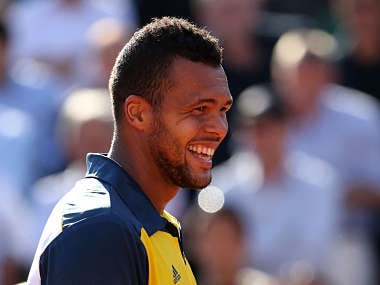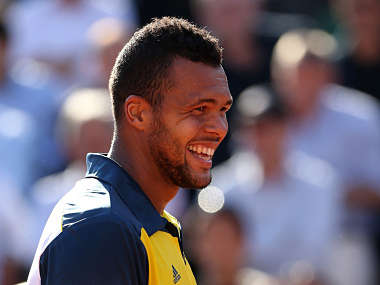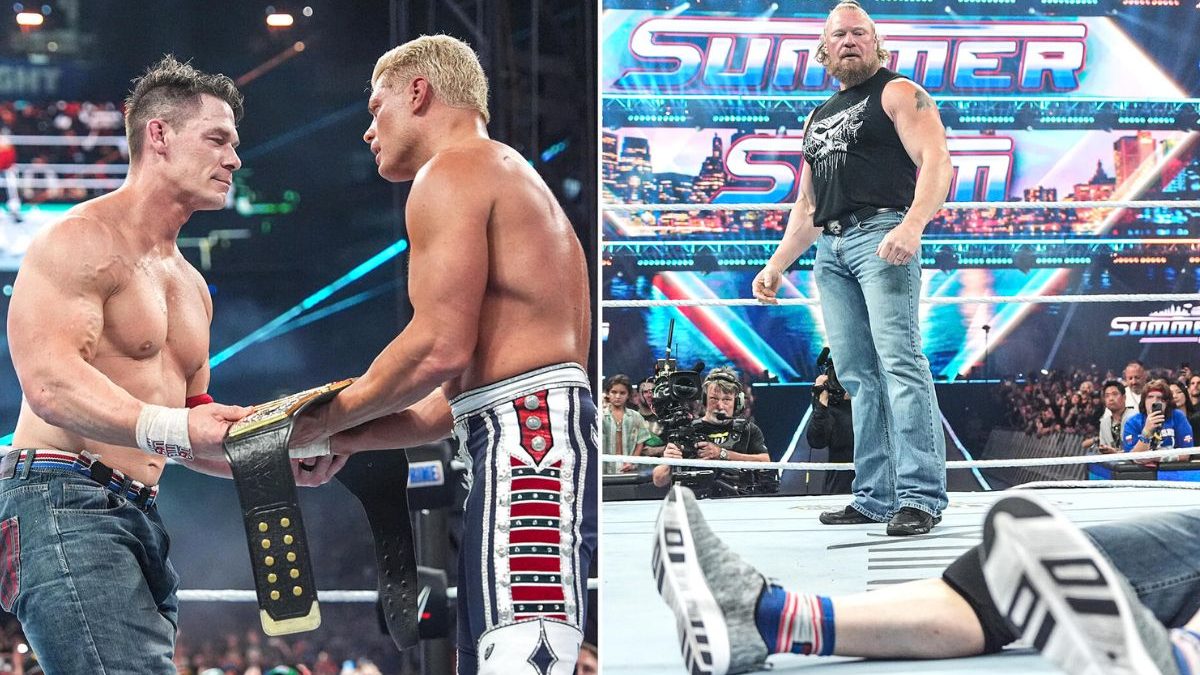For the second time in the last three Grand Slams, Roger Federer was ousted before the semis. On their own, the numbers may not mean much – reaching the semi-finals is not easy – but take into account that this was only the fifth time in the past nine years that he has failed to reach the stage. When the sixth seed Jo-Wilfried Tsonga stepped on to the court, he wasn’t afraid. Tsonga seldom is. He is also one of the few current players to have beaten Roger Federer at a Grand Slam – winning a manic five-setter at Wimbledon 2011. But his confidence didn’t stem from that victory alone. Instead it grew because of the kind of work he had put into his preparation. A report on Tennis.com mentions how Tsonga with his new mentor Roger Rasheed spent sessions studying just how Rafael Nadal breaks down Federer on the red clay of Roland Garros. Nadal’s method is simply – put a lot of revs on the ball and direct everything towards Federer’s backhand. A two-handed backhand would have allowed him to smother the spin better but Federer’s one-handed backhand means that controlling the spin is anything but easy. It also means that if he wants to attack, then he has to run around the backhand as he looks for a winner which isn’t easy to come by on clay. It opens up the court, reduces reaction time and that’s when Nadal takes control of the point. [caption id=“attachment_843967” align=“alignleft” width=“380”]  Tsonga was in superb form. Getty Images[/caption] Also, due to the nature of the surface, a one-handed backhand doesn’t give quite the same benefits as it would on a hard court or on grass. It sounds easy but Federer usually knows how to work his way around this problem. That is the reason why his record on clay remains an impressive .769 (183 wins, 55 losses). So even though Tsonga had the answers, he knew that he would need to execute perfectly. And that’s what he pretty much did. The first set was tight – Federer was a break up early but then Tsonga got into his game and the Swiss master had no answer. Just like the final three sets at Wimbledon 2011. And just how good was Tsonga? Well, the only player to have ever beaten Federer faster is Nadal at the 2008 French Open Final. And if you leave that match out, at 1 hr 53 mins, this was Federer’s quickest defeat on the GS stage in 11 years. Since 2004, Federer has only lost four Grand Slam matches in straight sets (AO08 Djokovic, FO08 Nadal, AO11 Djokovic, FO12 Djokovic). Tsonga was definitely in with a chance but to see him win without even being pushed to his limits, showed how well he stuck to his game. “I struggled a little bit everywhere. To be honest, personally, I’m pretty sad about the match and the way I played. But that’s how it goes. I tried to figure things out, but it was difficult. And Jo does a good job keeping the pressure on,” Federer said after the match. “He was just… better in all areas,” continued Federer, whose lone French Open title came in 2009. “He returned better than I did. Served better than I did. I struggled to find my rhythm.” And that’s high praise – not only for Tsonga but for Rasheed as well. He has not filled Tsonga’s head with deep tactical analysis – but like Nadal does, he encourages Tsonga to practice more, get more consistency in his game and use the practice to get his energy and motivation levels up. But perhaps most importantly, he tells Tsonga to go out there and crush it.
When the sixth seed Jo-Wilfried Tsonga stepped on to the court, he wasn’t afraid. Tsonga seldom is.
Advertisement
End of Article


)

)
)
)
)
)
)
)
)



